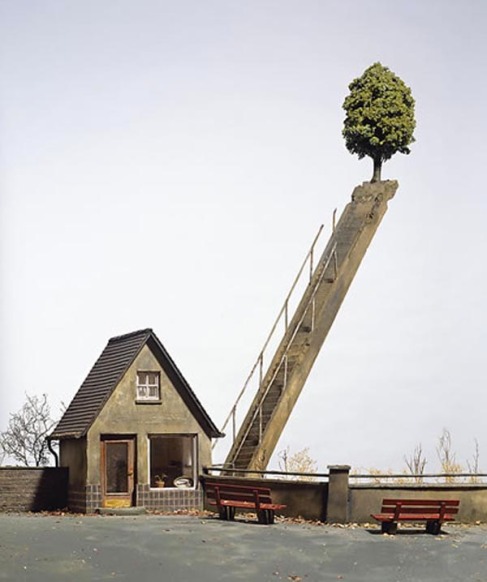When people think about the elegance of fine artworks, they usually picture an ambience of physical flow- a structure that does not collapse upon itself throughout the entire direction of its composition. Many believe that this can be likened to the melodies we listen to in song, or perhaps the sheer continuous tone of spoken word when woven into masterful poetry.
One such artisan from the Philippines has captured our attention for his seamless, liquid-like creations that still convey a representational beauty of the feminine figure. Kylo Chua is a Chinese-Filipino sculptor and jewelry artist, who wonderfully touches on the elusive world of fairies and fantasy, through his modern renditions of classical Art Nouveau motifs. Such strides in the directive of his work, span introspective exhibitions in Nagoya (Japan), Alberta (Canada), Singapore and The Philippines Islands.
His mediums of choice always reflect the physical and tactile grace of his subjects, draping their convoluting anatomies in purist mixtures of fine 18 karat gold, or impeccable shades of glossy whites. Both his full-scale sculptures and miniature jewelry figurines (which he affectionately calls- Thumbeline Sculptures), play with an endless stream of material, alluding to a never-ceasing identity that grows and changes with each passing moment. Such physical elements can be noted from his contouring of elongated arms, legs, and hair strands from the biology of his original subjects, an interesting penchant that brings out the effervescent allure often observed throughout his newer pieces.
Chua is currently one of the most-watched visual artists emerging from Southeast Asia, along with peers Alecia Neo, Sarah Choo Jing, and Melissa Tan. You can chance upon one of his works by visiting the Main Artasia Gallery Branch in Manila, Philippines, or through his online boutique and gallery; www.kylochua.com












